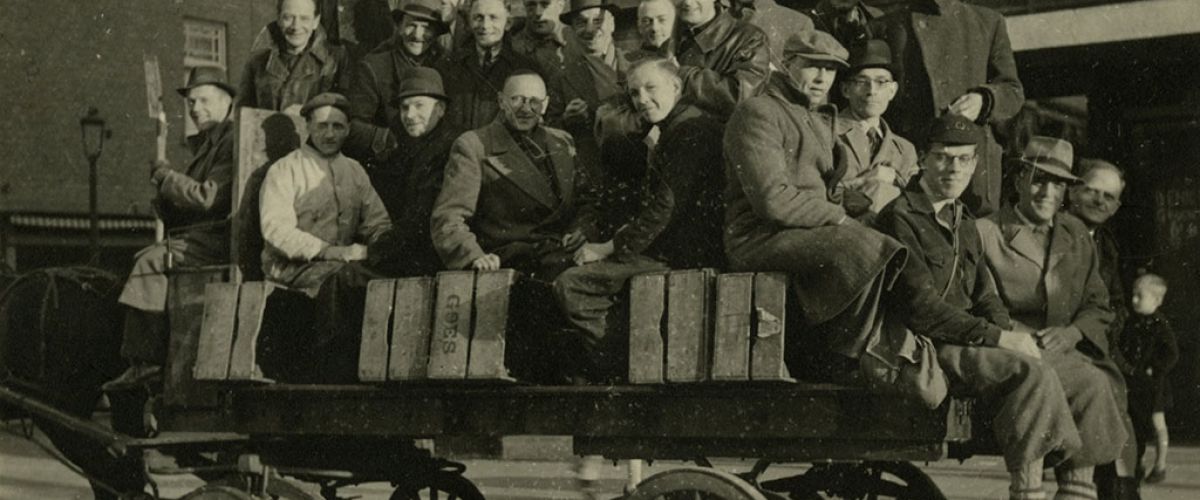Construction of the Atlantic Wall
The main responsibility for the construction of the Atlantic Wall lay with the German Todt Organisation but most of the actual work was subcontracted to local Dutch building firms.
Some of the workers were ordinary employees, while others were conscripted labourers, soldiers or prisoners of war. After the war, the building contractors had to answer for their involvement.
From November 1943, Hitler feared that an Allied invasion was imminent. To prevent it, he gave orders for the Atlantic Wall to be extended. Additional obstacles were also created, including minefields, anti-tank barriers and vertical wooden poles nicknamed ‘Rommel’s asparagus’. The city authorities were forced to provide manpower for this.
The story of Gerard van Duijn
A Hague man called Gerard van Duijn was conscripted to work on the anti-tank ditch. He kept a diary. It shows, for example, that he was paid 55 cents an hour and that labourers had to provide their own working clothes. Gerard also provided his own spade, plate and spoon.
It was heavy work: lifting concrete blocks and tree trunks by hand and pushing wagons. But the men joked amongst themselves and the food was fairly good.
 Herinneringsroute Atlantikwall Den Haag
Herinneringsroute Atlantikwall Den Haag
